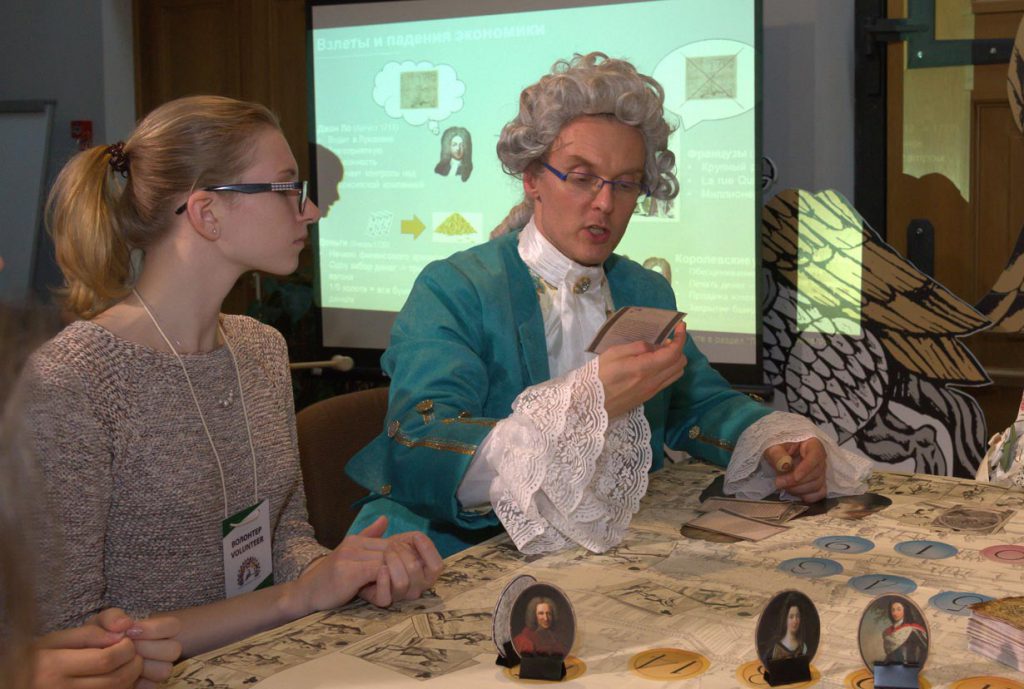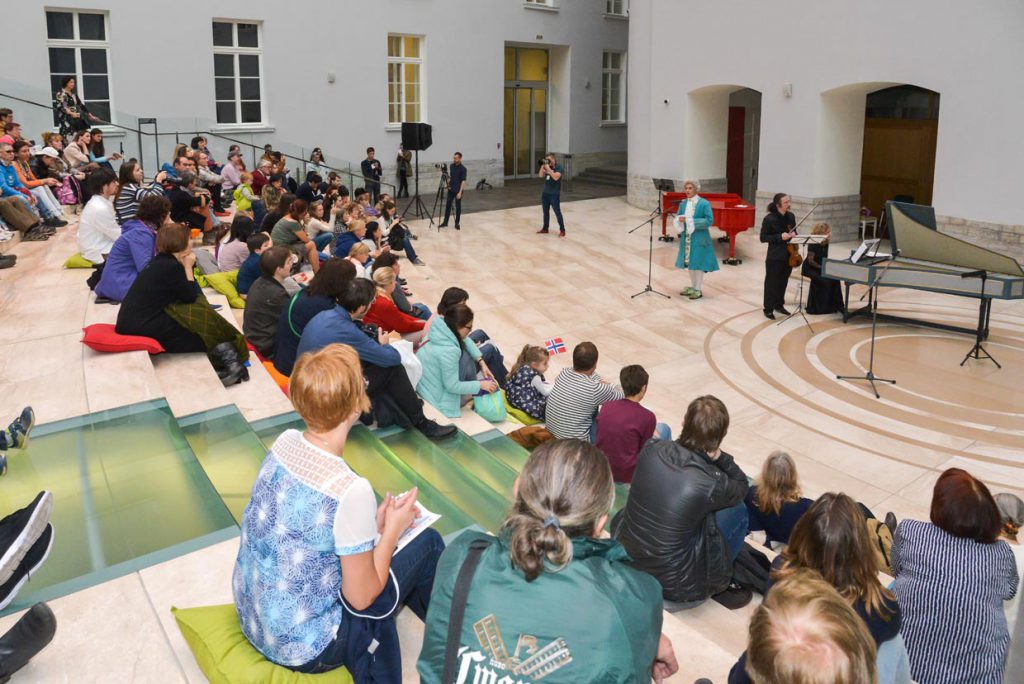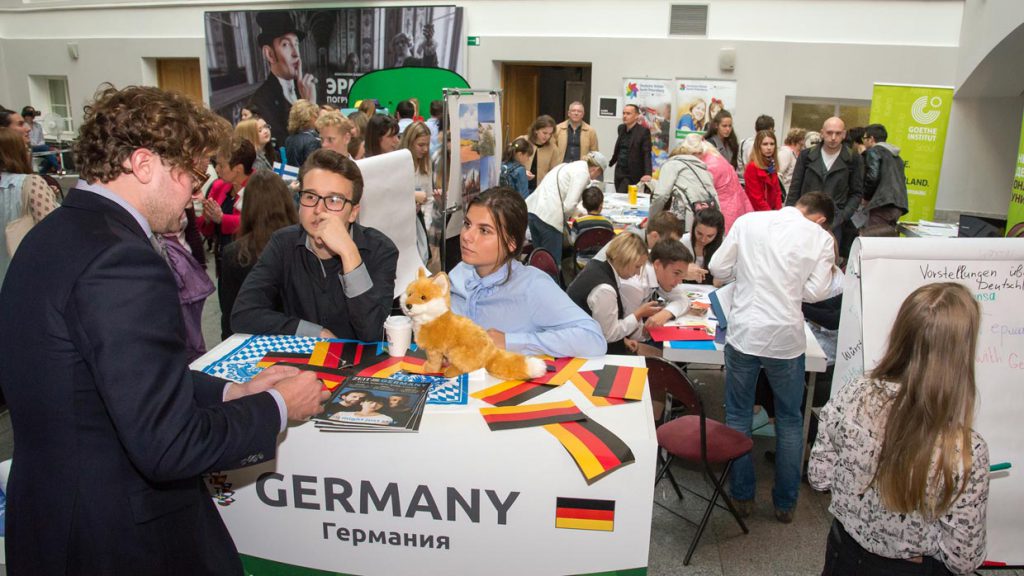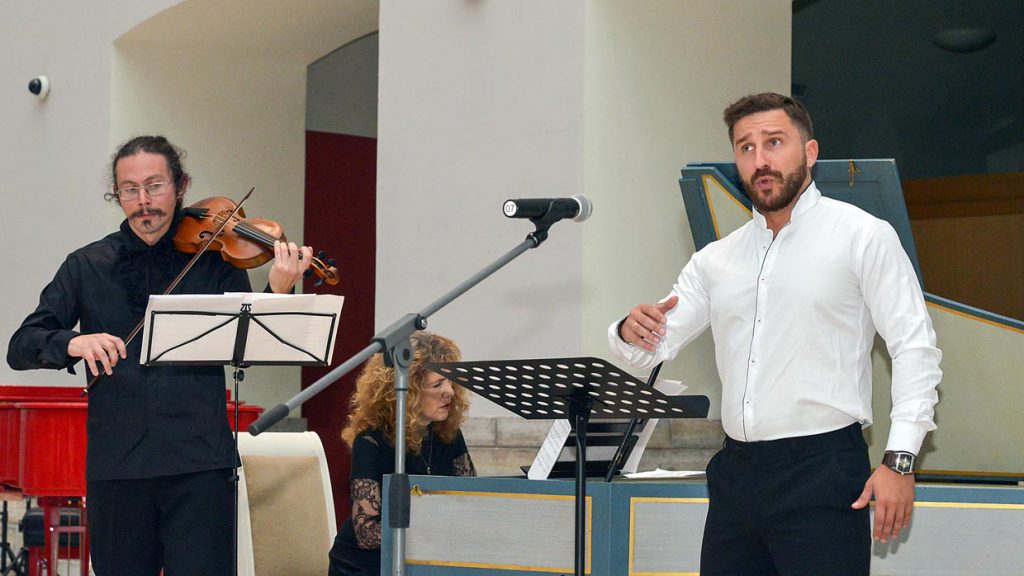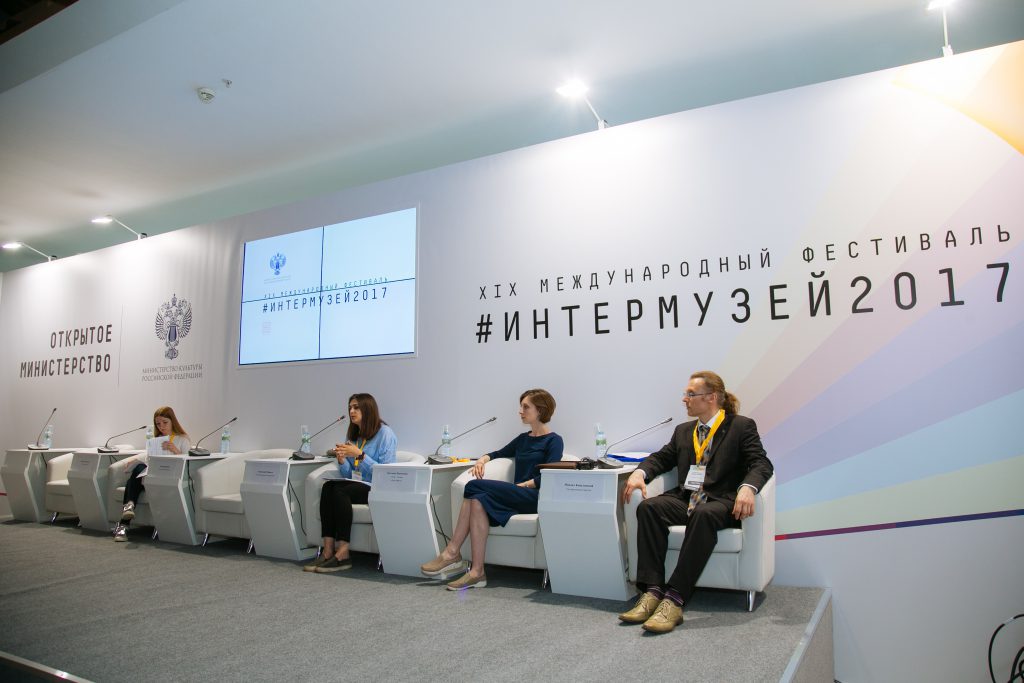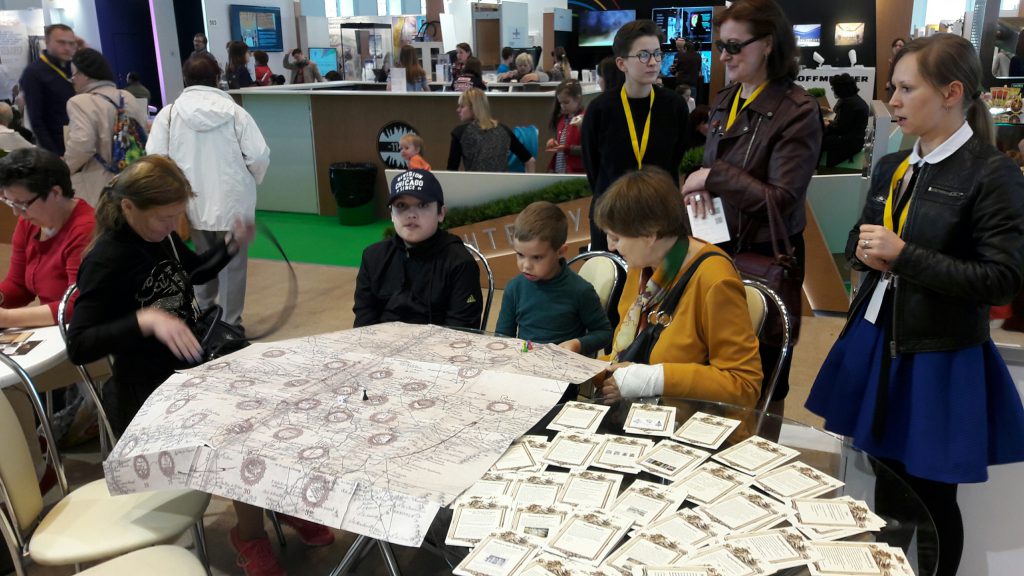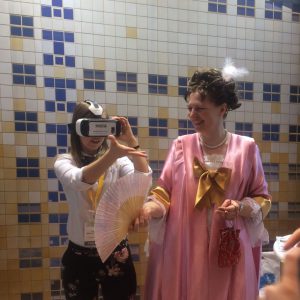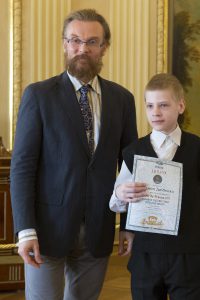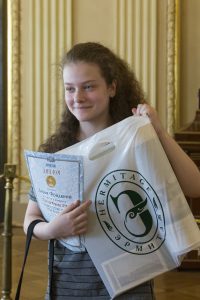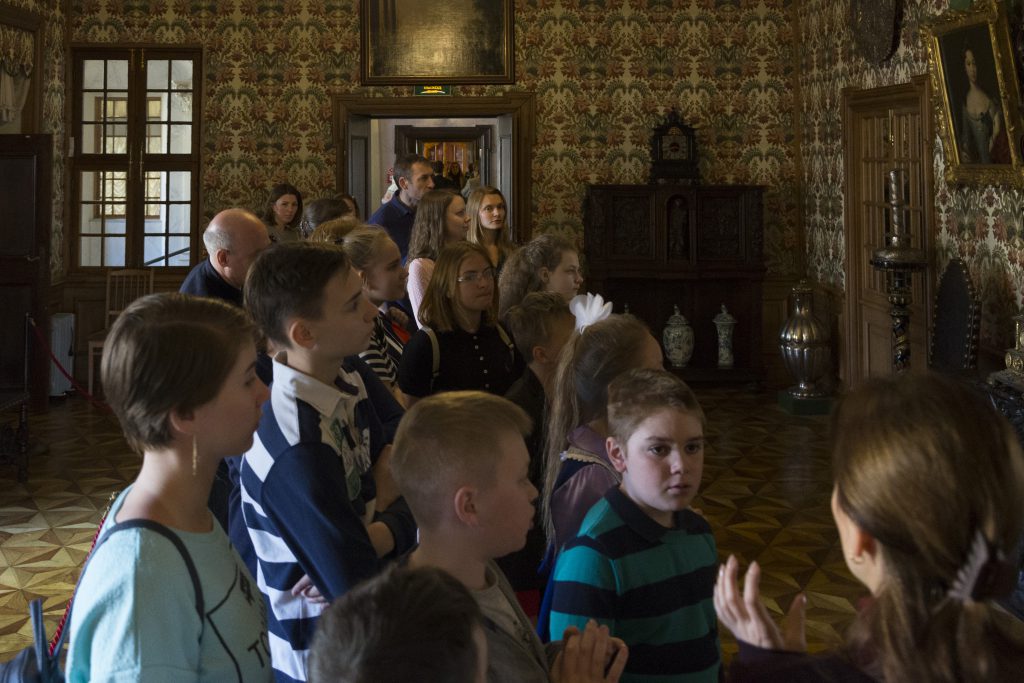
«Immortality consists of working on something eternal».
– Joseph Ernest Renan,
French philosopher and writer.
«Culture is the memory of mankind about itself».
– Aleksei Tegin, Composer.
The Hermitage is a unique cultural institution – being located in Russia, it preserves the art of different times and different nations. The Hermitage is home to the second largest collection of Dutch art in the world after the Netherlands, and the largest collection of French art outside of France. Scholars from all over the world come to the Hermitage in order to find monuments of the art of their country, preserved by the Hermitage. And so it is not surprising that in 2018, which was named the European Year of Cultural Heritage, the Hermitage is running events linked to the material and non-material heritage of Europe, and the history and issues of its preservation. We invite you to take part in a competition and to ponder cultural heritage and its future.
1. Why do we preserve monuments of cultural heritage?
It seems to us, that it is important that everyone becomes acquainted with the achievements of their ancestors, that everyone sees or hears great works that form the pinnacle of human thought and inspiration. It is important to us to look at the architectural monuments that adorn our cities and give them a unique identity, it is important for us to hear the sounds of music that delighted our ancestors, it is important for us to read works of literature make one better, more moral, more beautiful, and inspire the realization of one’s creative ideas.
What do you think — why is it still necessary to preserve cultural heritage and pass it on to future generations? We invite you to express your opinion in the form of a multi-media presentation.
2. Attitudes to cultural heritage during different periods of history.
Throughout human history, attitudes to cultural monuments have been ambiguous, changing in accordance with the political and religious life of peoples and states, and the revision of aesthetic ideals. Choose a period of history and find out how people approached works of art from previous eras, from different religious canons, and from warring states. The Romans ravaged Ancient Greece, taking away the best achievements of sculptors as trophies. Gradually, they fell under the influence of great Greek art, leaving us a multitude of copies of Ancient Greek statues, which can be seen in visiting the halls of ancient art in the Hermitage.
Find examples of different attitudes to art from previous eras, different religions, or warring states. Present your story in a multimedia format and accompany it with your opinion.
3. Cultural heritage preservation enthusiasts.
Thanks to enthusiasts who bravely stood up for the preservation of cultural heritage, a huge number of architectural and natural monuments, folk songs, fairy tales, traditions, crafts have been preserved. Who does not know the great English poet, William Shakespeare? Now it seems unbelievable that in the 19th century in England, very few people remembered him. Charles Dickens, the English writer, considered it his duty to restore the memory of his compatriot. He himself organised performances of Shakespeare’s forgotten plays, designing the decorations and even acting in them himself, thus attracting the attention of the public to the legacy of the great poet and playwright. And it was he who forbade the sale of the house in which Shakespeare was born to an American entrepreneur, who planned to move it to America.
These kinds of practitioner-enthusiasts who influenced the preservation of cultural heritage are found in the history of every country. Tell us something about them in a multimedia format and tell us what you think.
4. Commonwealth of Arts in the preservation of heritage.
The Hermitage is home to a unique service, «Green Frog Service». On the service’s 700 pieces, over 1200 English landscapes are painted. Several of the landscapes have been preserved for us thanks specifically to the service, for example Widdrington Castle, Lamphey Palace, Beaudesert House, and many others.
Are you familiar with the suite, «Pictures at an Exhibition» by Modest Mussorgsky? Which pictures the composer saw at the exhibition, who they were painted by? Even though not one of the paintings from the exhibition was preserved, but they remain in our memory only thanks to music. There are many examples throughout history of works of art that have only been preserved through their depiction in other art forma. Find examples of such artworks, and present them in a multimedia format.
5. Intangible Cultural Heritage.
When talking about cultural heritage, we more often than not imagine monuments, palaces, or works of art. This is material cultural heritage, but there is also intangible cultural heritage: oral traditions and forms of expression, including language, performing arts, including acting, playing music, singing, dancing, customs, ceremonies, holidays; knowledge and skills linked to handicraft, and national cuisine. On the list of material culture protected by UNESCO, you can find curiosities such as such as falconry, the Spanish riding school in Vienna, horse-breeding shrimp in Oostduinkerke (Belgium), carnivals and processions, and even World Bee Day.
Take a look and see whether there is anything on this list that attracts your attention and makes you want to learn a little bit more about it. Tell us something about what you choose, and present it in a multimedia format.
- Cracklingen and Tonnecensbrand, a festival of bread and fire, celebrated at the end of winter in Gerardsbergen, Belgium.
- Procession of giant dolls in Belgium and France.
- Momogeri — New Year celebration in eight villages of the Kozani region in Western Macedonia, Greece.
- The art of marble processing in Tinos, Greece.
- Whistling language of La Gomera (Canary Islands, Spain).
- The art of Neopolitan pizza making, Italy.
- Lefkara or Lefkaritika lace, Cyprus.
- Water milling and windmills, Netherlands.
- Perfumery in Grasse, France.
- Wooden toy making in Croatia in Hrvatsko zagorje.
- The Sinjska alka, an equestrian competition held in Croatia.
- The dancing procession of Echternach in Luxebourg.
- And many others.
6. What would you choose to «preserve forever»?
On UNESCO’s list of Intangible Cultural Heritage there are 17 items, whereas on the Russian list of national heritage there are only two: the cultural space and oral culture of the Family Communities — groups of «Old Believers» evicted in Transbaikalia (representatives of the religious movement that arose in the XVII century as a result split from the Russian Orthodox Church) and the Yakut heroic epic «Olonkho».
7. Portraits of countries formed from cultural association.
When we hear «Paris», we imagine the Eiffel tower, the best artists and fashionably dress people. When we hear «Belgium», Belgian chocolate springs to mind. With Vienna we imagine Viennese Truffles, Spain — Piccasso and Flamengo, Italy — Raphael, Ferrari, Pizza…
Choose your favourite country and using computer graphics depict everything you associate it with. What do you think, can residents of this country be proud of these things as their country’s legacy?
8. Heritage in the future.
Pictures of Rembrandt were neither understood nor purchased by people in the present day. He didn’t leave an inheritance but he left a legacy of which the Dutch today are very proud.
Out of today’s modern art, what has the potential to become a future legacy? Talk about something which interests you about the phenomenon of modern art and imagine how people will react to it in 100 years’ time. Or try to create a poster for an exhibition in the year 3018 about art in 2018 in digital form.
9. Heritage and you.
Heritage is not just storing masterpieces in the Hermitage. Heritage is photographs of your relatives, your Grandmother’s favourite records, your favourite recipes and your family traditions.
You don’t have to be a restorer, a keeper or a guard in the Hermitage to preserve this heritage. Think about the enthusiasts that we spoke about and take a look at yourself. Have a think and say what you will do to preserve cultural heritage.
Terms and Conditions of the Competition
Deadlines: 22nd September – 16th November 2018.
Age of participants: 7-18 years of age.
Works are accepted in the following forms:
- Digital paintings/pictures and graphic design.
- Multimedia forms (PowerPoint etc.).
- Flash and Gif-animations.
- Video.
Requirements for the work:
- Digital works are accepted in the following formats: jpg, gif, bmp. The volume of the file should be no bigger than 2.5MB.
- Multimedia entries should contain no more than 10 slides.
- The duration of an animation or video shouldn’t exceed 1 minute.
- The source must be in the format of psd, fla, ppt, pdn, etc.). Every entry is provided in electronic view in a separate folder (archive rar or zip). The name of your folder should read ____ «Your Surname and Name». In the folder of work in the text file there should be the annotation.txt: you must include your school, class, your email, telephone, the name and surname of your teacher, the number of the group in УЦВТ. In the name of the file you should include your name, surname and age of author, the number of your academic group and the title of your piece of work. E.g.: Ivanov Peter — 12 year’s old — KO112 — hermitage.bmp. At the end of your piece of work you must write the name and surname of the author.
Submission deadline: 16 November 2018.
We will accept submissions via the following email: podeda@znaem.org and also at the study centres of the Academy (telephone: +7(812) 612-11-22) and at the Volunteer’s office (тел. +7 (812)710-98-76).
Summary of the competition:
The jury will decide the winners of the competition. The winners will be announced at the awards ceremony in St. Petersburg, the time and location of which will be told to participants.
The best works will be displayed in the halls of the State Hermitage Museum.
The contest organizers:
1. The Volunteer Service at the State Hermitage Museum (www.benevole.ru).
2. The Academic Centre of Technology Academy (www.ucvt.org).
3. The Scientific and Methodological Department of the State Hermitage School Centre.














